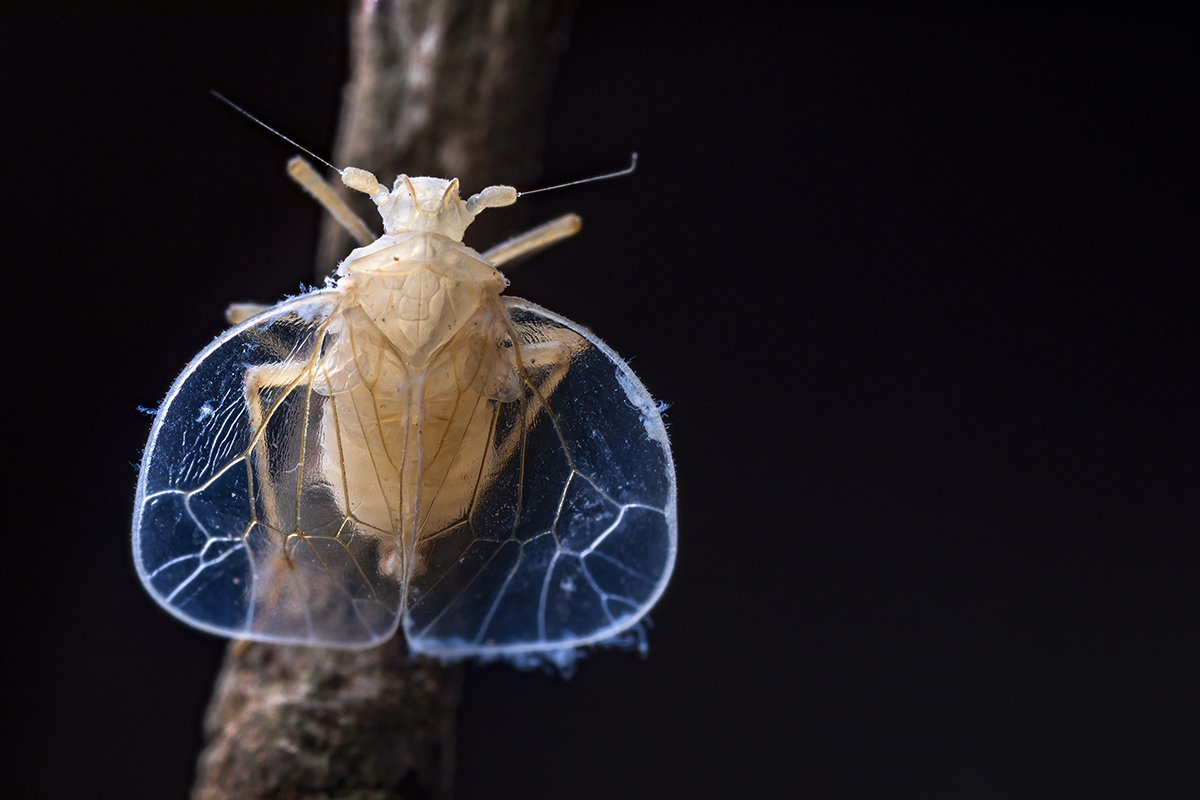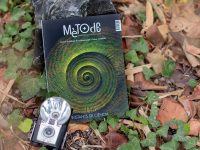
Silence; darkness; humidity; dust; more silence. When we enter a cave, the yearning – the need, almost – to perceive our surroundings increases. Something tells us that we are far from our optimal environment. And we are. The lack of light greatly reduces the presence of green plants, photosynthesis, and thus primary production. The labyrinth of cracks and crevices, as well as the stalactites, stalagmites, the unevenness of the terrain, or the often slippery substrate, are a continuous challenge to our sense of balance. Some caves are even flooded. In short, human beings do not seem to be made for life underground, at least not for long periods of time. That is not the case for troglobitic (or stygobitic if aquatic) fauna, whose survival outside the subterranean environment is unfeasible. Their specialisation to this environment is surprising. Some species lose pigmentation and vision, and can develop organs and other structures with which they can decipher their environment in total darkness.
«Some species lose pigmentation and vision, and can develop organs with which they can decipher their environment in total darkness»
The description of the «Valencian wood fairy» or Valenciolenda fadaforesta (Hoch & Sendra) was recently published. For science, this is a new species and genus. This 3–4 millimetres long hemipteran troglobium has only been observed in some caves in the Valencian Community, and it is considered a relict that could be very useful to obtain information on already extinct fauna. The exceptional nature of this find is yet another example of the importance of the subterranean environment as a home to a type of fauna that is both unique and extraordinary, with a singular evolutionary history and a rare genetic heritage. However, these ecosystems do not usually appear in the collective imagination when we talk about biodiversity, despite the fact that they are the most abundant after marine ecosystems, and that year after year new species are described in many places around the world. Capturing this fauna through photography can be a promising way to change that perception and shed light on the fascinating biodiversity hidden in the subterranean world.





